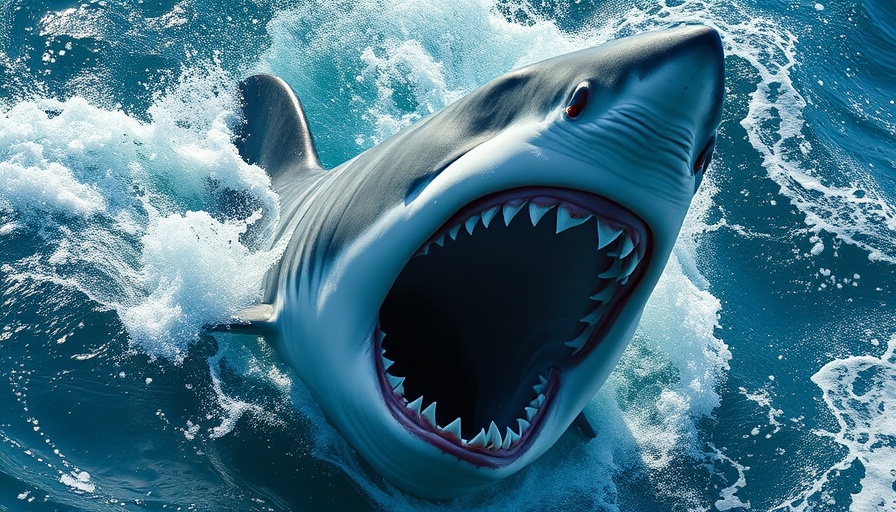
Unearthing the Mysteries of Great White Sharks in Texas
The Gulf Coast, often associated with family vacations and sun-soaked beaches, has recently made headlines for an unexpected reason: the sightings of great white sharks. A new documentary titled Gulf Great White Sharks: Return of An Icon, produced by wildlife journalist Chester Moore, explores this phenomenon that previously resided mostly in the realm of urban legends.
The Hunt for Evidence
While the presence of sharks in the Gulf is common knowledge, the intrigue surrounding great whites specifically remains high. Reports of great white sharks off the Texas coast have been dismissed as mere folklore until recently. Moore reveals that legitimate sightings date back to the 1950s but only drew serious attention when he received a call in 2005 from a charter captain who witnessed a great white while at sea. Moore’s determination to validate these claims has fueled his investigative journey, culminating in this groundbreaking documentary.
Shifting Perspectives on Shark Sightings
Historically, when locals claimed to have spotted a great white, their stories were often met with skepticism. This mindset poses an interesting question: Why do people dismiss credible accounts from their neighbors? The documentary captures not just stories of sightings, but also the cultural shift towards accepting the presence of these apex predators off the Texas coast. Moore’s approach pushes for a broader understanding and respect for these creatures, moving beyond fear to coexistence.
Sharks and Their Ecosystem Role
Great white sharks are more than fearsome carnivores; they are critical components of marine ecosystems. By studying their migration patterns, researchers can better understand ocean health and biodiversity. As populations of larger sharks rebound worldwide, the Gulf of Mexico might be serving as a new hotspot for these species, suggesting a hopeful trend of ecosystem restoration and balance.
The Impact of Shark Week and Cultural Narratives
It’s hard to discuss sharks without mentioning Shark Week, the annual television event that brings awareness but also sensationalism. This documentary offers a more nuanced view, digging into the realities of living alongside great whites rather than portraying them solely as notorious villains.
Conservation and Responsibility
Understanding great whites, particularly their behavior and biology, plays a vital role in shaping regional conservation efforts. With the rise in shark sightings, the importance of educating the public about safe beach practices and respecting marine life has never been clearer. As communities and enthusiasts rally behind effective conservation initiatives, this documentary serves as a rallying cry for awareness and action.
Conclusion: A Call for Respect and Awareness
The documentary not only presents compelling visuals and firsthand accounts but also serves as a reminder that our oceans are vibrant ecosystems deserving of respect. As the stories of great white sharks continue to unfold, there's a newfound opportunity for education and understanding. Dive into the legacy of these magnificent creatures and explore their impact within our coastal ecosystems.
 Add Row
Add Row  Add
Add 




Write A Comment